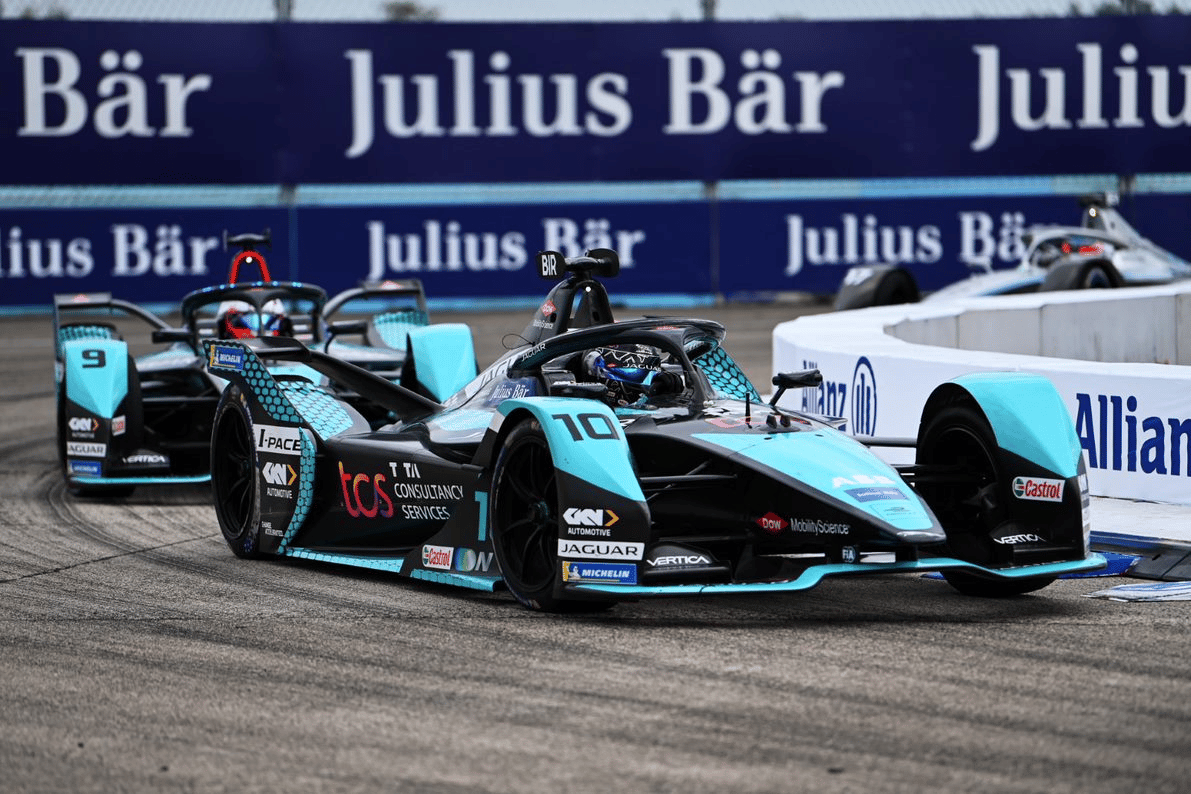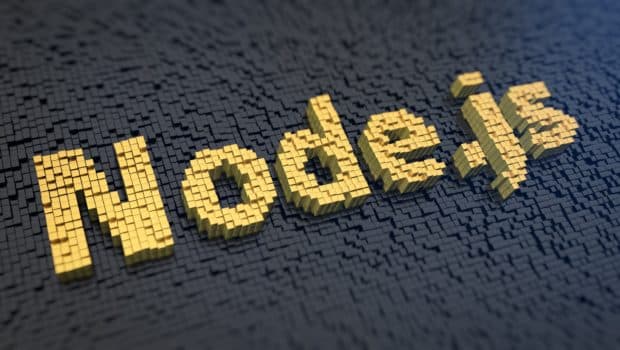
The theme for this year’s International Women’s Day (IWD) was given the name #BreakTheBias to get us to imagine a gender equal world. A world free of bias, stereotypes, and discrimination, a world that is diverse, equitable, and inclusive, where difference is valued and celebrated. Together, we can protect women’s equality.
At Micro Focus, as we celebrate the many achievements of women colleagues as well as in our communities and in our personal lives, I wanted to reflect on how one of our customers was doing the same.
I want to step back to 17th February 2021, and the press release that announced, “Jaguar TCS Racing welcomes Micro Focus as their official technical partner to accelerate performance on and off track.” The press release went on to detail how Vertica would help “… deliver high-performance advanced analytics and machine learning to ensure the Jaguar team performs at top speed for winning results.”
Naturally, Team Vertica was really excited about this announcement, and when I was asked if I would like to be the “Vertica technical expert in the UK for Jaguar,” I did not have to be asked twice. Some may say I picked the short straw, but maybe I just rigged it to happen that way.
Men, women, and the world of Formula E
At that time, I knew little about Formula 1, and even less about Formula E. So, I spent many days and nights over the next couple of weeks trying to find out as much as I could about what I was I was getting myself into.
One thing that was very apparent from the outset: Motor sports are, historically, extremely male-dominated. Indeed, just searching the internet for scholarly articles for “gender inequality in motorsport” returns over 1,000 results.
However, things are slowly starting to change. I have been working closely with the Jaguar TCS Racing Team since the start of Season 7 of the ABB FIA Formula E World Championship and have been delighted to work with one of the most dynamic and committed Performance Engineers, Cristina Mañas Fernández (aka Cris).
In this data-driven world, I am probably like most of you. Whenever I want to know more about who or what I will be working with, I trawl the internet to see what I can find. My early queries included “Who are “Jaguar TCS Racing,” “ABB FIA Formula E World Championship,” and I searched for details on the Jaguar TCS Racing drivers: Sam Bird and Mitch Evans.
Searching for “Cristina Mañas Fernández” returned a mere 3.9m results with over 10 pages directly related to Cris! Doing a similar search for me (Mark Whalley) returned 2.4m results, but unlike Cris, very few of them related to me.
Reading some of the links related to Cris revealed how much she is breaking the bias against female participation in motorsports. Since childhood, she was watching Formula 1 with her father, learning more about the people working around the car, making the car perform better and faster. Her science and mathematics studies at university fueled her passion for engineering.
Behind the scenes of Formula E
Fast forward to the 2020-21 ABB FIA Formula E World Championship. As the primary contact between the race engineers and Vertica, I felt an obligation to support the team by covering their events virtually from my home office in South Wales. And given that these events were in Diriyah (Saudi Arabia), Rome, Valencia, Monaco, Mexico, NYC, London, and Berlin, I had some very early starts and late finishes on race days because I couldn’t attend the events in person. Why? In Formula E racing, FIA regulations limit the number of personnel allowed at trackside in the pits, and back in the factory as well. So even if I had the green light to be there, having me physically on site would have been extremely difficult to justify.
My main task was to conduct a series of pre-event checks on the database and connectivity. These tests helped ensure everything was optimally tuned and ready to take onboard another 3 billion data points that every race weekend amassed. It also ensured that, when Cris and the team needed to analyse the data, it would be there at their fingertips, and ready to answer their queries in seconds. The answers to those queries helps them adjust the power train, suspension, steering and other components of the cars and gets them ready for the next session.
As a race weekend started, I would watch avidly as they went through shakedown runs, free practice sessions, qualifying sessions, and the E-Prix races themselves. I listened to the teams’ radios via the FE app, tracking the FIA live feeds, and constantly checking on the load performance as billions of data points streamed into Vertica every time one of the cars came into the pit. That’s when raw data drawn from the car’s data logger via an umbilical cord is transferred to a trackside computer before being uploaded into a Vertica database in the cloud.
If you know anything about Formula E, you know that although the drivers Sam Bird and Mitch Evans are critical to getting pole position, winning points, and taking to the podium, it’s the whole team behind them who help make this happen.
What generates all this data?
I mentioned at the outset that I knew very little about Formula E, and just a year on, am just scratching the surface with my understanding of how it all works. To protect Jaguar TCS Racing’s intellectual property, I must be extremely careful as to what I can divulge. But let’s just say that each car has approximately 1,000 signals. These include, for example, a signal that reports the temperature of the front left brake disk, and other for the right brake disk and so forth. Some of these signals generate data once per second, while others generate data at 100, 200, 500, 1000, and even 2000 times per second. As you can see, it doesn’t take long to generate 3 billion data points over the course of a single race weekend!
During Season 7, this raw data had accrued to over 100 billion data points. And this is the data that Cris had been working with to perform analytics by comparing readings from one event to another, analysing differences between the cars, and how one signal might impact another.
Among the many parameters race engineers are constantly monitoring and adjusting, the car’s “brake bias” is critical for proper vehicle handling. Brake bias is the ratio of braking force applied to the front and rear wheels and is often defined as a percentage. For example, 60/40 would indicate that the braking power applied by the driver would be split with 60% to the front wheels and 40% to the rear. That’s generally a good ratio, but if this goes out of whack during a race, the driver can be in trouble.
As Jaguar TCS Racing were preparing for Season 8, Cris mentioned that because they were now becoming more engrossed in Vertica, she was establishing a new data science group. This new team would enhance their analytics and reporting, and expand their use of data exploration, machine learning, and predictive analytics.
I am not a data scientist (knowing about as much as I need to be dangerous), but I can imagine how Cris would have a field-day working with the data from all these signals. She must consider how one may impact the outcomes of others, how many combinations and permutations there can be for predictions that guide the race engineers toward the most optimal configurations for the car’s powertrain. It’s all to help Sam and Mitch take the lead.
Working together to get even more out of Vertica
Hearing that Cris was building and leading a new data science team was great news. Although she had been working with Vertica for just over a year, she had seen very little of what Vertica had to offer in terms of full machine learning and predictive analytics lifecycle. She also mentioned that the team of data scientists who would be joining her were experts in the field of data science, but were also new to Vertica.
Cris asked if I could arrange a meeting between her newly formed data science team and our Lead Data Scientist, Badr Ouali.
When Badr and I joined the MS Teams call, we were joined by the Jaguar TCS Racing Data Science Team – comprised of Cris and her three female data science colleagues. You can imagine my surprise and delight as everyone opened up their microphones and turned on their webcams. Let us just say that in keeping with the thoughts of the IWD, the FIA, and with Jaguar TCS Racing, I can think of no better team.
Here’s to continuing the theme “break the bias — and predict brake bias.”.






